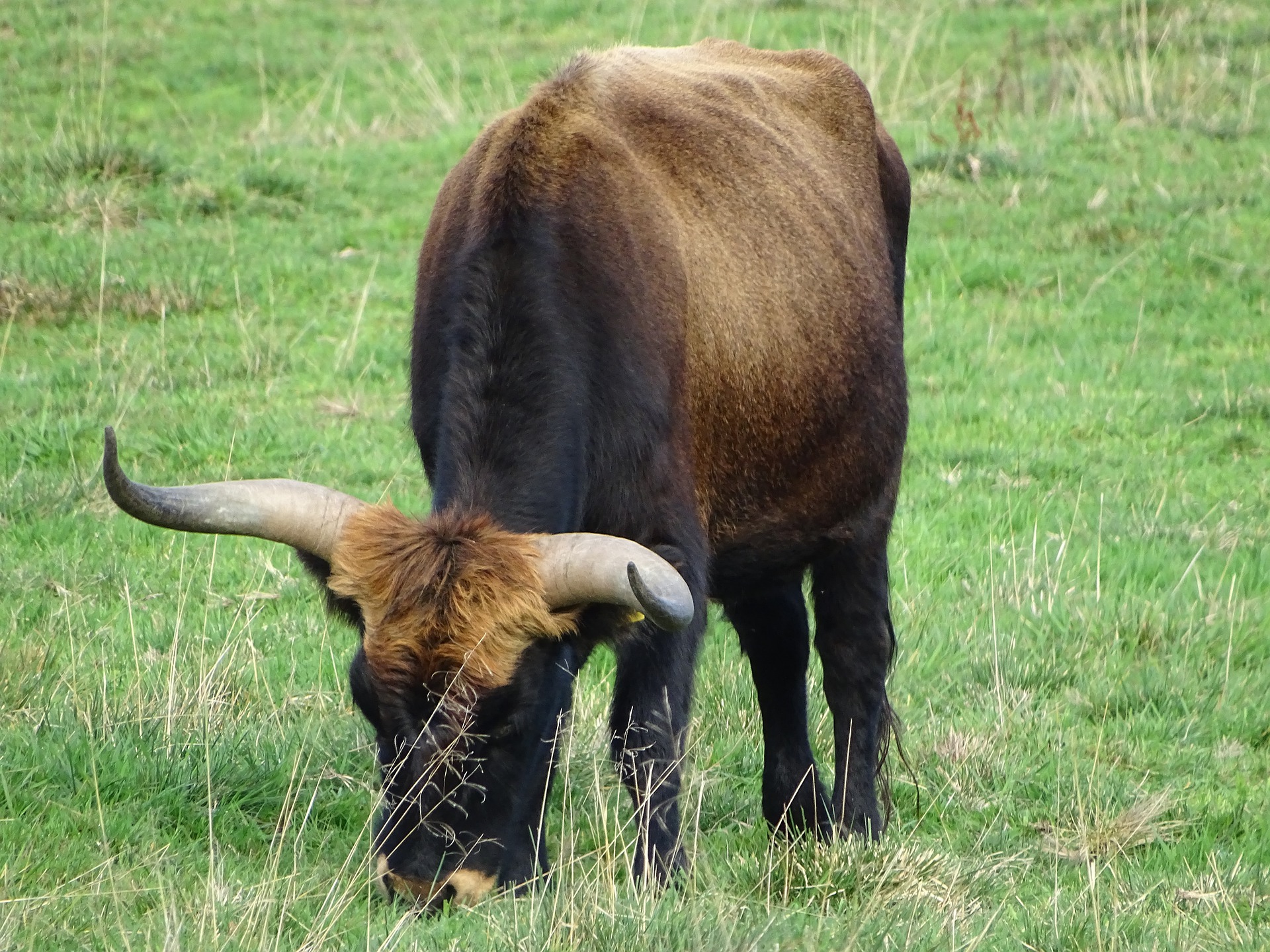KNOWLEDGE BASE
WHAT IS A RUMINANT?
If you’re trying to find a good definition of what a ruminant is (other than Wikipedia), look no further.
What’s the Definition of a Ruminant?
A ruminant is an herbivorous mammal with a multi-chambered stomach. This stomach houses billions of bacteria, protozoa, and fungi. These microbes help break down plant matter and release necessary nutrients the ruminant needs to live. Digestion happens in an anaerobic (no oxygen) environment, being the rumen. Scientists call this, “enteric fermentation.”
The food this animal consumes is regurgitated and rechewed as “cud.” Chewing the cud is important because it further breaks down food before returning to the stomach. Upon returning, it is broken down even more, moving from the rumen into the rest of the ruminant’s digestive tract.
Ruminants have three forestomachs and one true stomach (it is a myth that ruminants, aka cows, have four stomachs):
- the rumen – primary and largest forestomach where enteric fermentation occurs,
- the reticulum – second forestomach, important for catching foreign objects and preparing partly digested food to be regurgitated and rechewed
- the omasum – third forestomach, where liquid is removed before entering the fourth stomach chamber
- the abomasum – the true stomach where the same type of digestion occurs as with all non-ruminants.
The word “ruminate” comes from the Latin word “ruminare,” which means “to chew again.” It also means to think or ponder deeply about something.
Still wondering about how ruminants eat and get their protein? Click the buttons below!
What animals are ruminants? There’s a button for that too down below!
(NOTE: some pages currently in progress, buttons not yet live)

